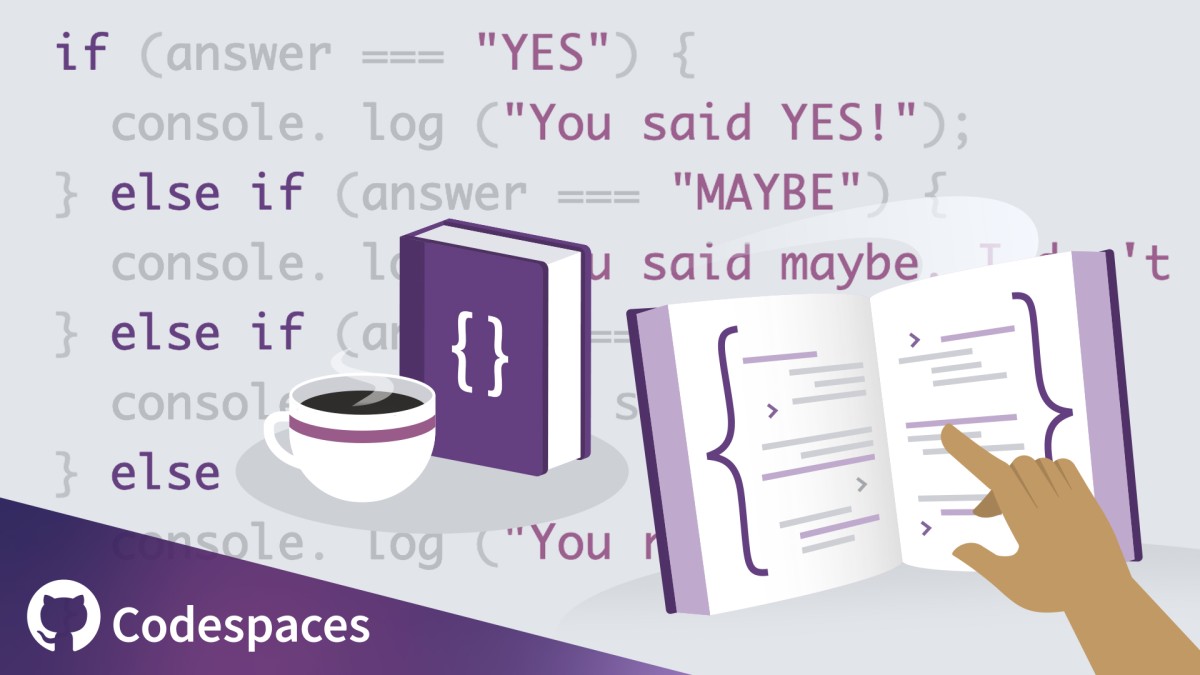The technology landscape is constantly evolving and JavaScript frameworks have grown in importance for web development companies. Nearly all modern web development companies today utilize JavaScript frameworks for building applications that are robust, fast, and capable of handling large datasets.
This guide compares various JavaScript frameworks, highlighting their pros and cons, and helps you make an informed choice about which one to choose for your journey in the tech field as a web developer.
Table of Contents
- What is a JavaScript framework?
- The 8 Best JavaScript Frameworks for Beginners
- Getting Started With JavaScript Frameworks
- JavaScript Framework FAQs
- Where to Go From Here
What is a JavaScript Framework?
JavaScript frameworks are software applications that provide a foundation for developers to create web applications. They provide a set of tools, libraries, and infrastructures that make the development process easier, faster, and more efficient.
The 8 Best JavaScript Frameworks for Beginners
React
React is a popular choice for building web interfaces. It supports large scale projects and has a large and active community. However, it may be harder to learn compared to other frameworks such as Vue.
Angular
Angular is a good choice for creating single-page applications using the MVC model. It offers a lot of features right out the box and has a logical separation between presentation and logic.
Vue.js
Vue.js offers ease of use and good performance. It doesn’t have as many plugins and libraries as Angular or React, but it’s a good choice for beginners due to its simplicity.
Node.js
Node.js is widely adopted by developers for its robustness, speed, and ease of use. It is not a framework but a backend environment for writing JavaScript.
Express
Express is a powerful framework for Node.js that provides greater efficiency for rapid development.
Svelte
Svelte compiles components into optimized JavaScript code instead of interpreting code during runtime, resulting in better app performance and smaller bundle sizes.
Ember.js
Ember.js offers great documentation and reinforces structure which can help new devs move between projects with ease.
Next.js
Next.js builds on top of React and offers great features that improve app performance. It supports better SEO and faster development.
Getting Started With JavaScript Frameworks
Before jumping into JavaScript frameworks, it is recommended to establish a strong foundation in JavaScript. Having a solid understanding of JavaScript will enable you to tackle any new tool with ease.
JavaScript Framework FAQs
The most popular JavaScript frameworks in 2023 are React, Node.js, and jQuery.
Where to Go From Here
Now that you know about different JavaScript frameworks and their strengths and weaknesses, you are ready to select the best framework for you and start creating your first project. Learning JavaScript and its frameworks can be a step towards building a career in web development.
Tags: #JavaScript #WebDevelopment #Tech #Frameworks





